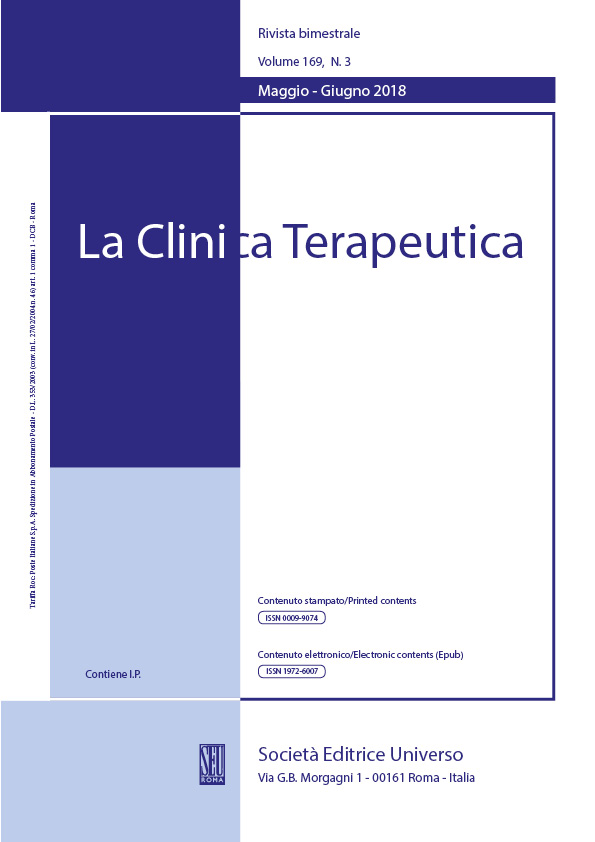Abstract
Background
Non-invasive measurement of cardiac output (CO) and cardiac index (CI) may become an important modality of monitoring in pediatrics. Among the several methods proposed, impedance cardiography (ICG) has gained attention among the scientists. There are 2 basic technologies of ICG: thoracic body bioimpedance (TEB) and whole body electrical bioimpedance (WBEB).
Purpose
The present study is aimed to test in infants and children the effectiveness of the Non-Invasive Cardiac System (NICaS®), a new ICG device working with a wrist-to-ankle configuration vs CardioQ ® transesophageal doppler, a minimally invasive cardiac output monitor.
Methods
Whole-body bioimpedance measurements were obtained before and during the surgery with NICaS® and simultaneously with CardioQ®, demographic data were sampled, basement life monitoring were performed.
Results
Total of 42 patients aged from new born to 16 years old, were included in this study to evaluate heart rate (HR), stroke volume (SV), cardiac output (CO), cardiac index (CI), total peripheral resistance index (TPRI), total body water (TBW) and cardiac power index (CPI). 81 measurements were taken simultaneously by both devices from forty-two patients, with CardioQ® serving as the gold-standard for this evaluation and with NICaS®. The average values of CI in the study subjects for CardioQ® cardiac index (Q-CI) and NICaS® cardiac index (NI-CI) were 2.9±0.9 L/min/m2 and 2.8±1.0 L/min/m2 respectively (P<0.01). Overall, 2-tailed Pearson’s correlation between NI-CI and Q-CI was r = 0.85. The Bland-Altman 1.96-standard deviation limit of agreement was -0.77 L/min and 0.87 L/min/m2 with a small bias of 0.05 L/min/m2.
Conclusion
Good correlation was observed in pediatric patients for CI measured with NICaS® in comparison with CardioQ® device. Continuous non-invasive monitoring of NI-CI can be particularly interesting for the pediatric population
